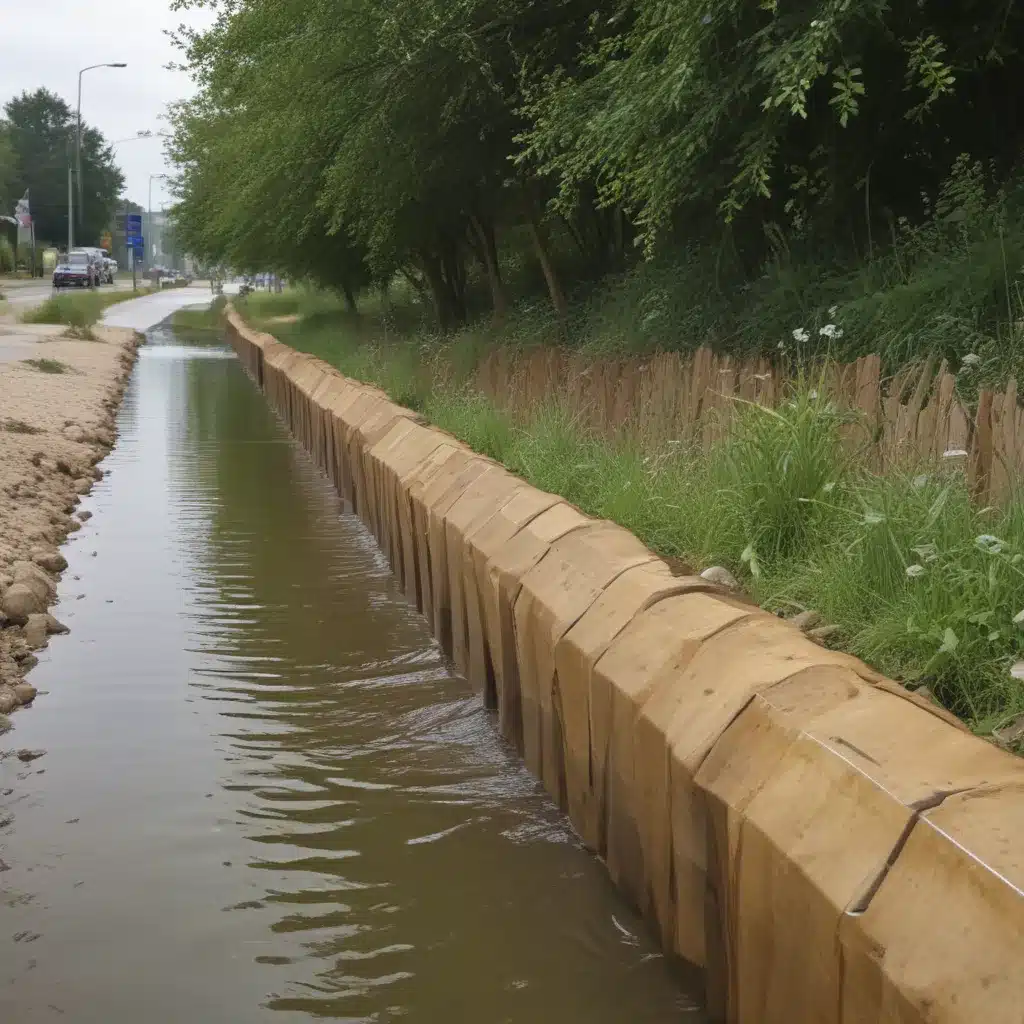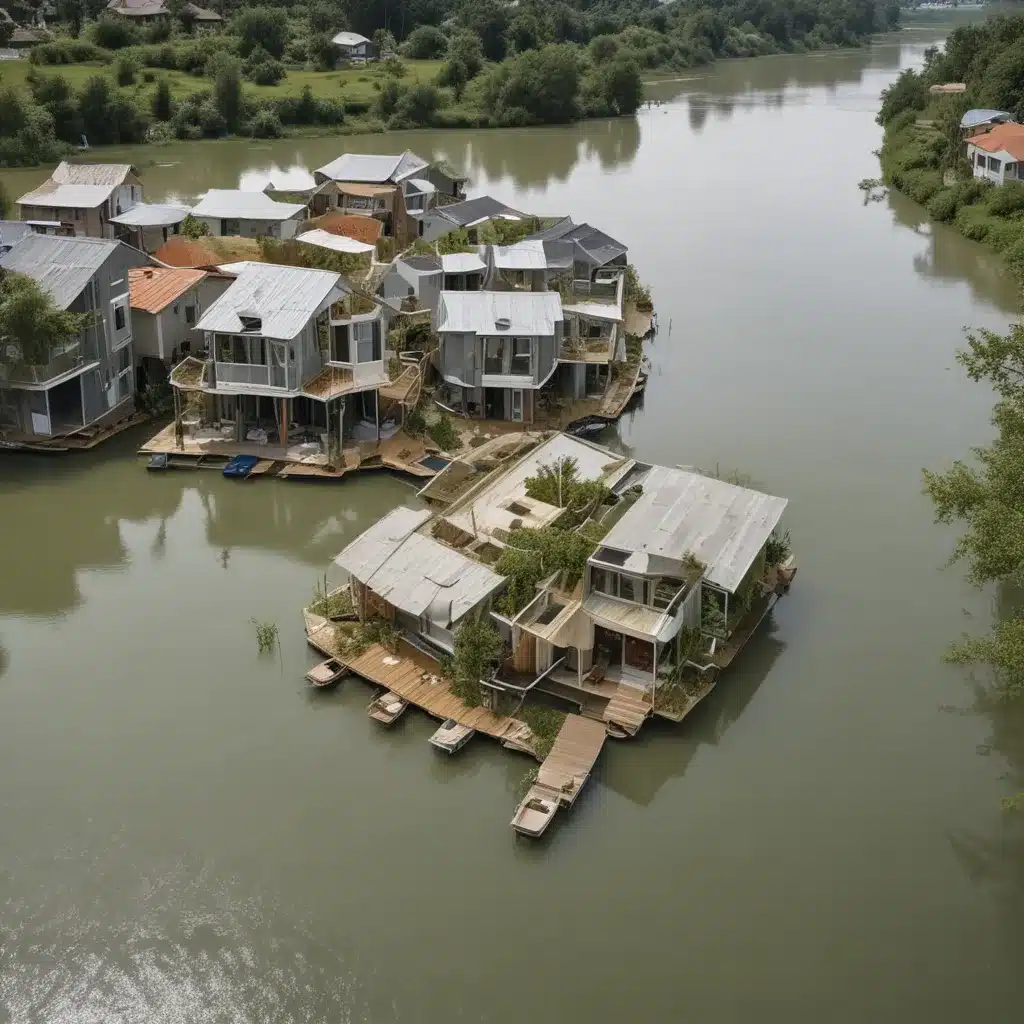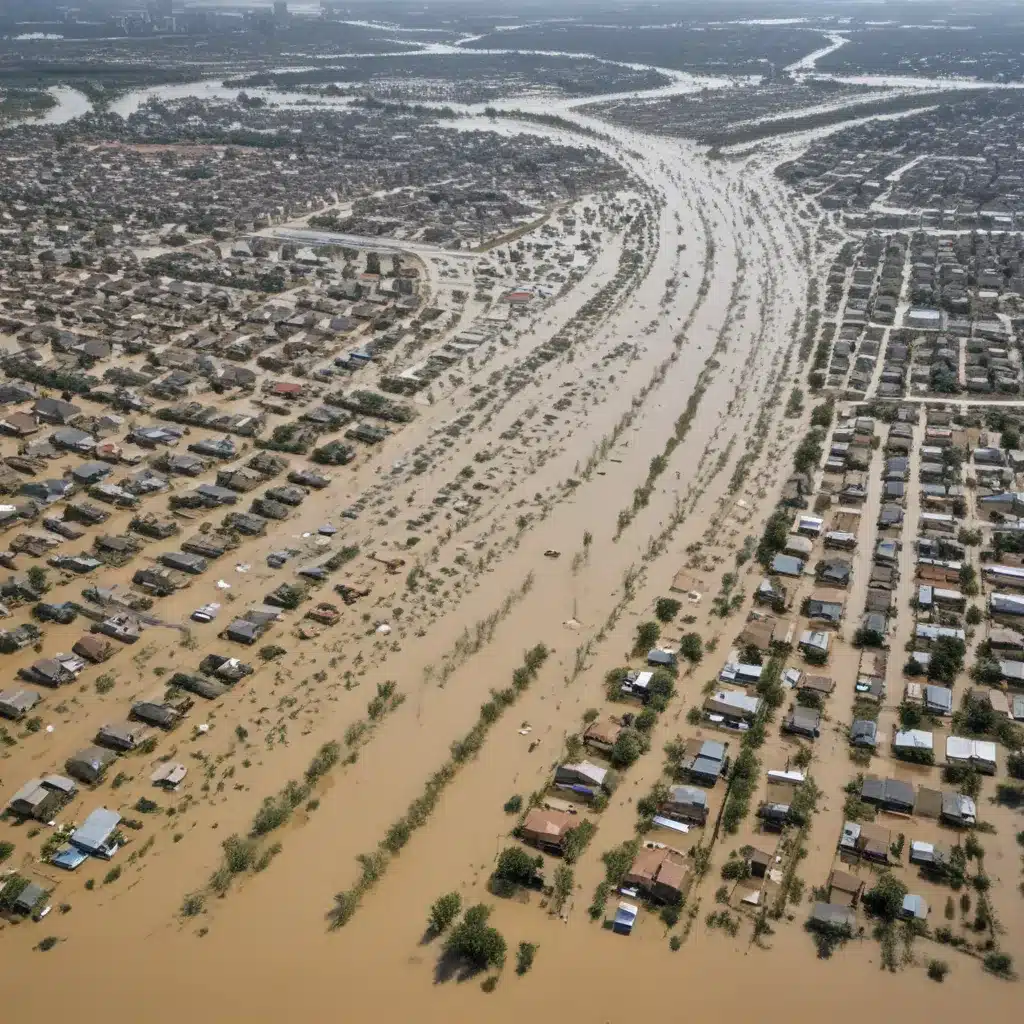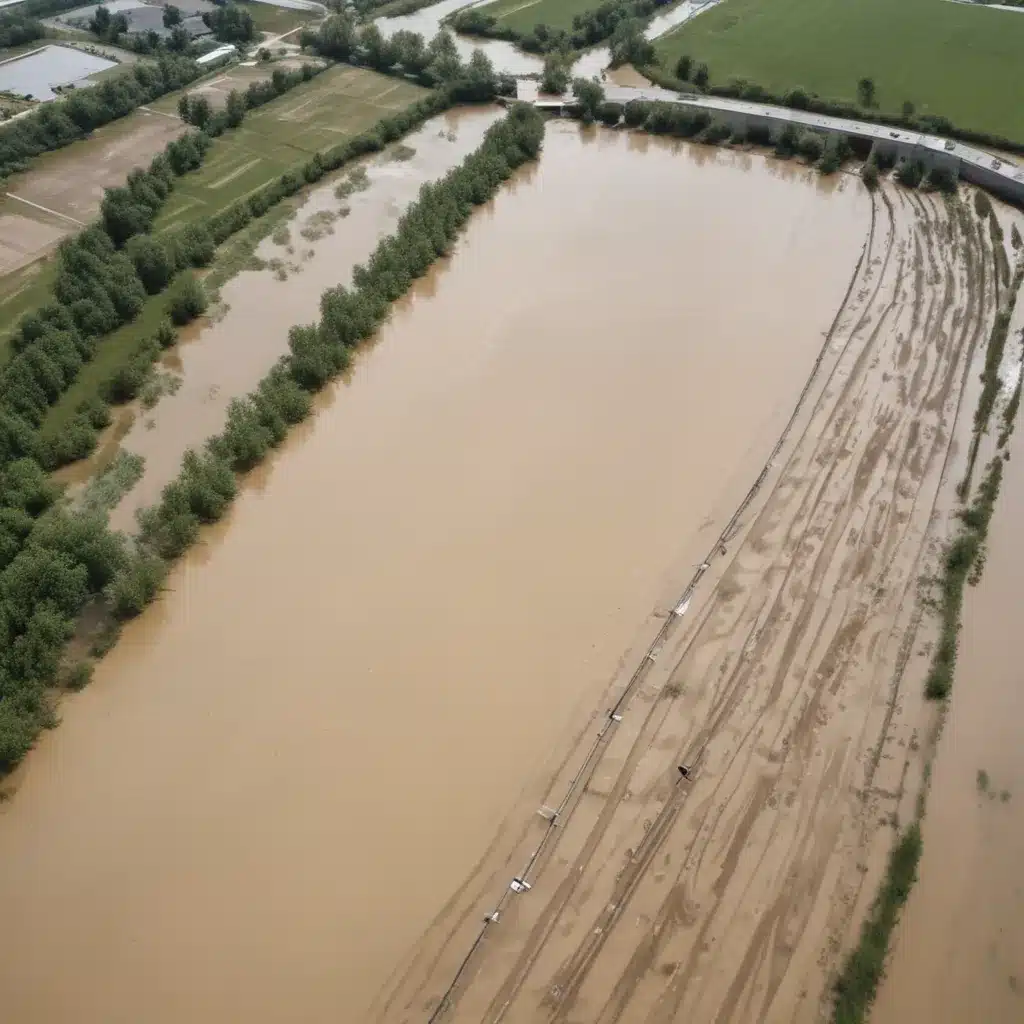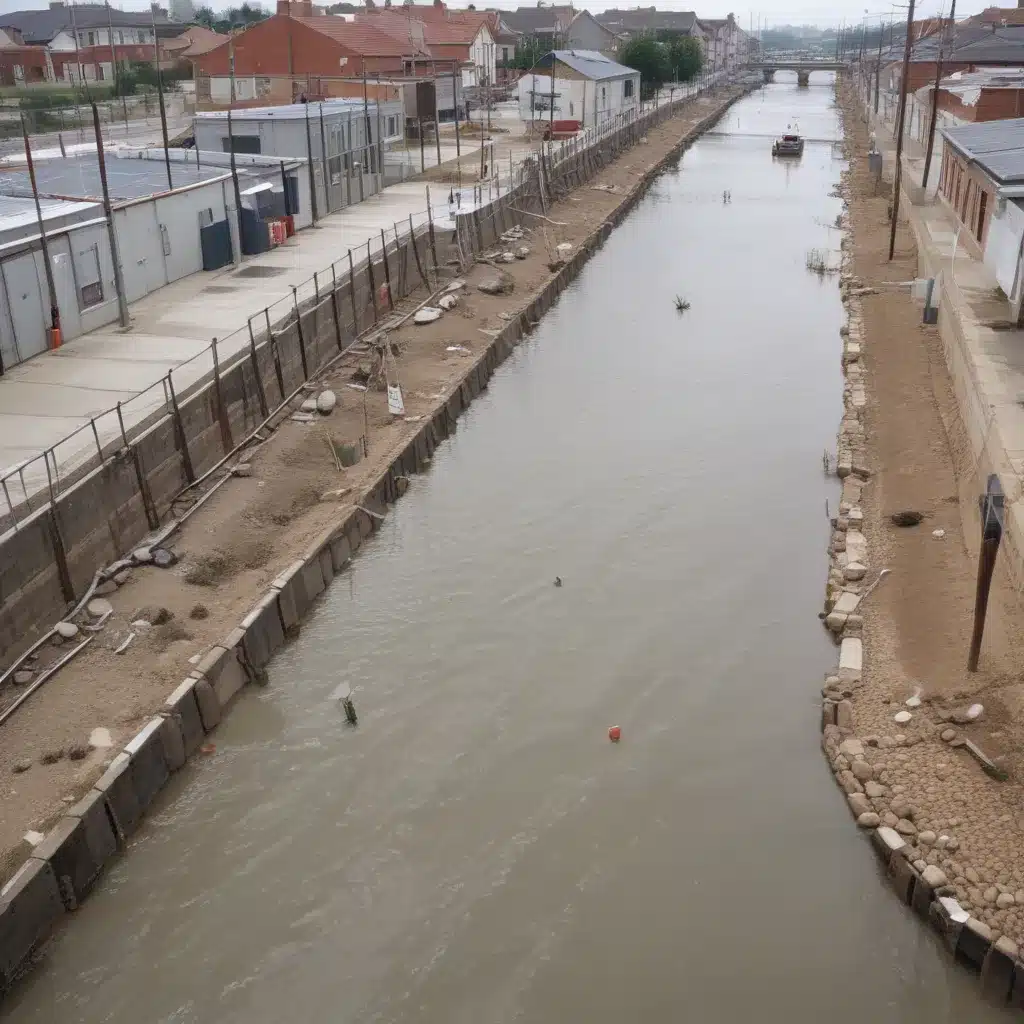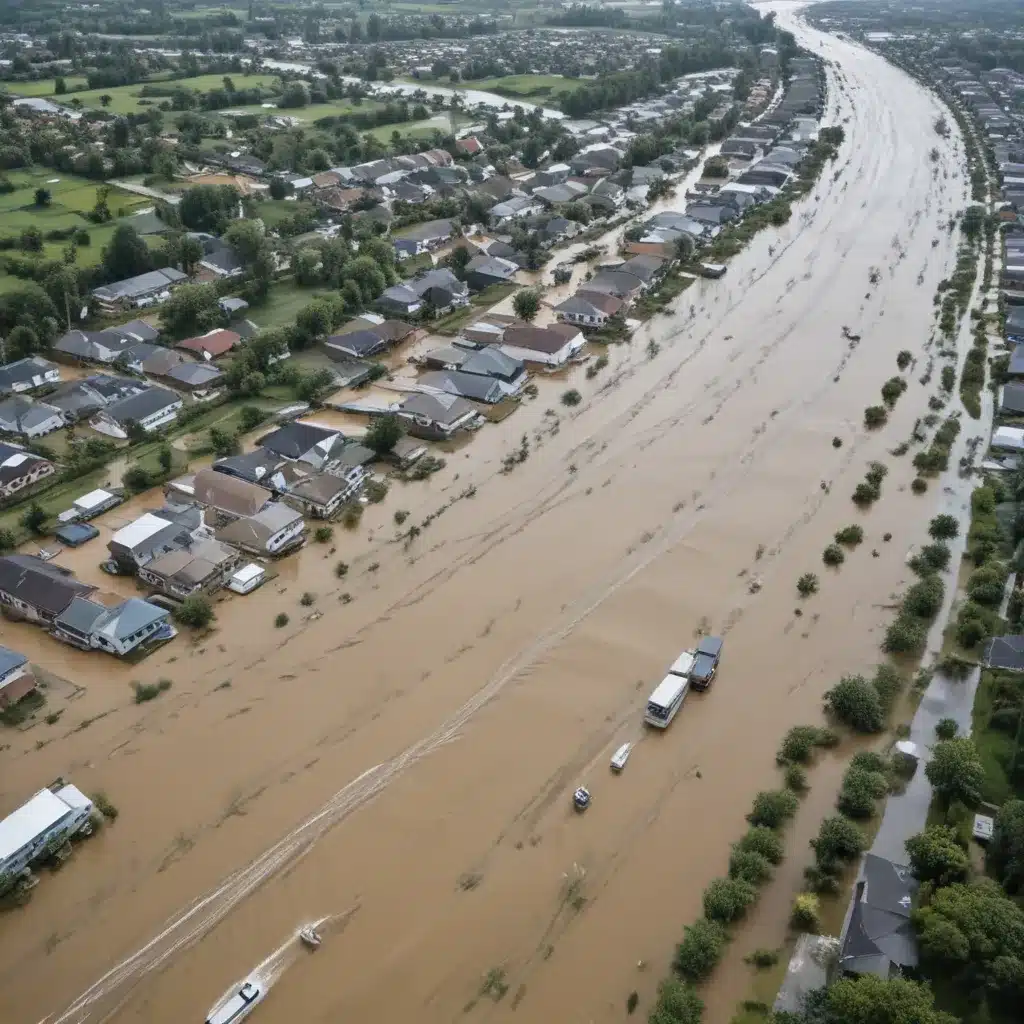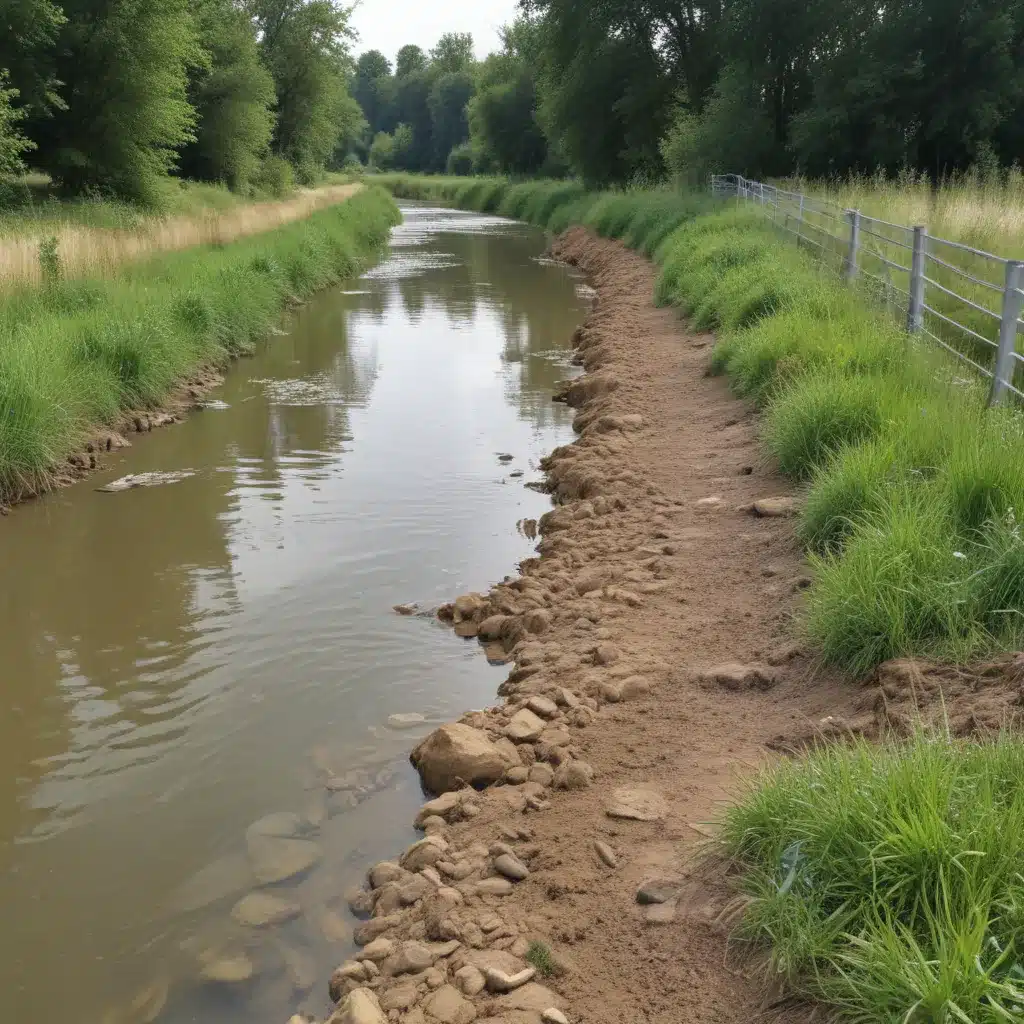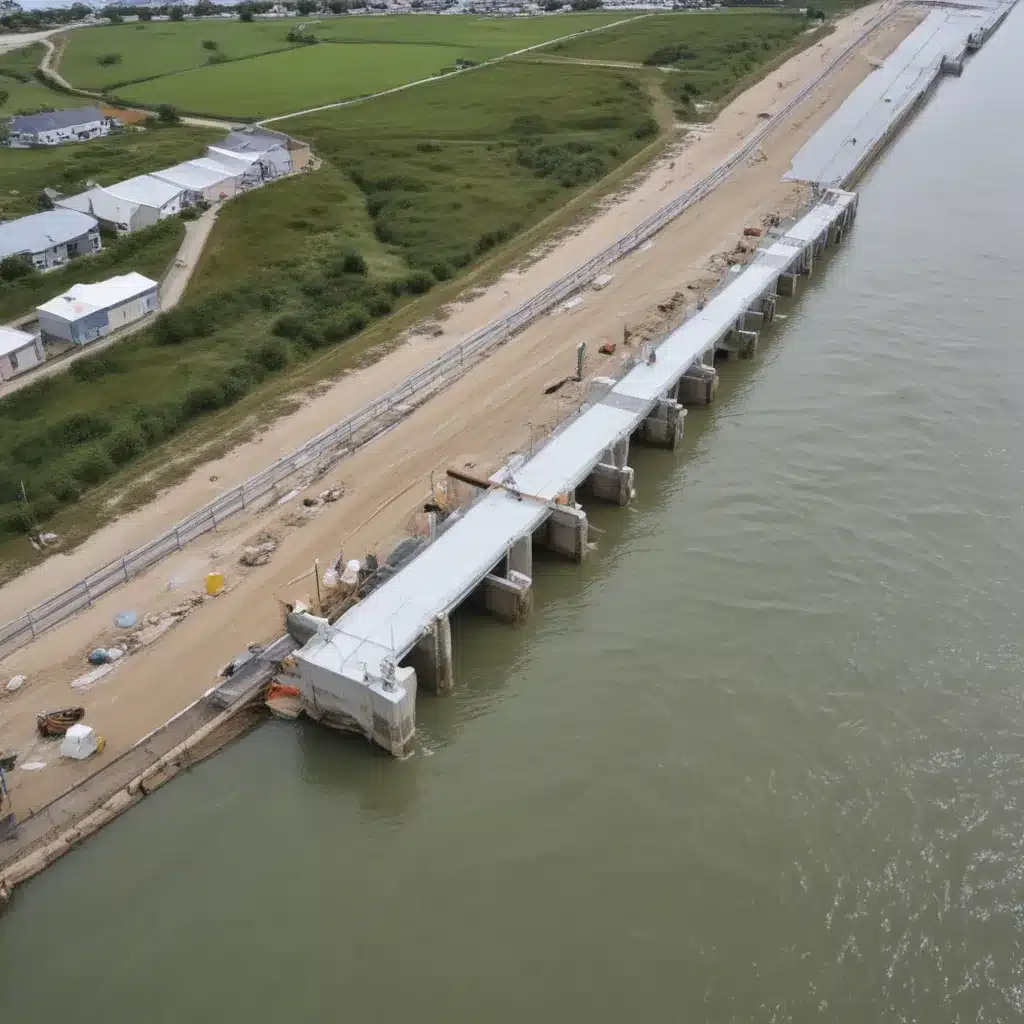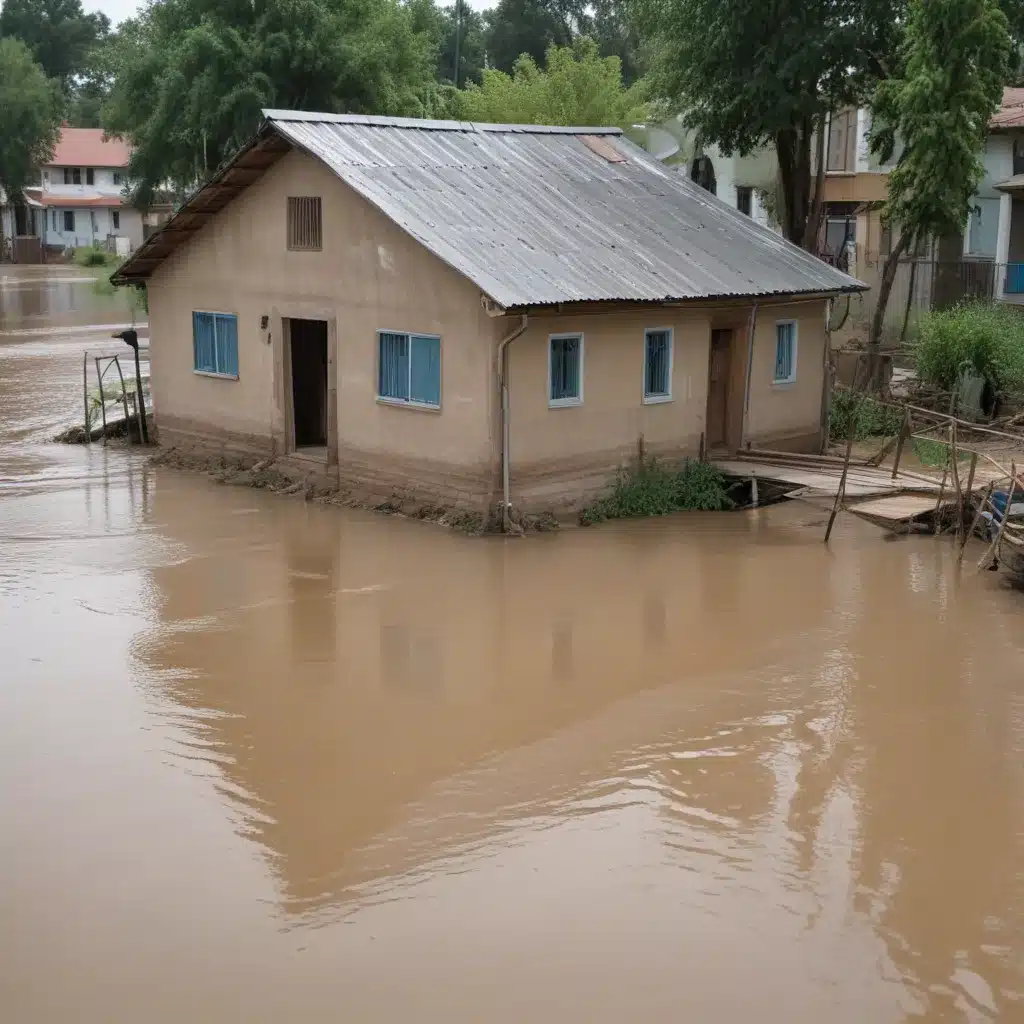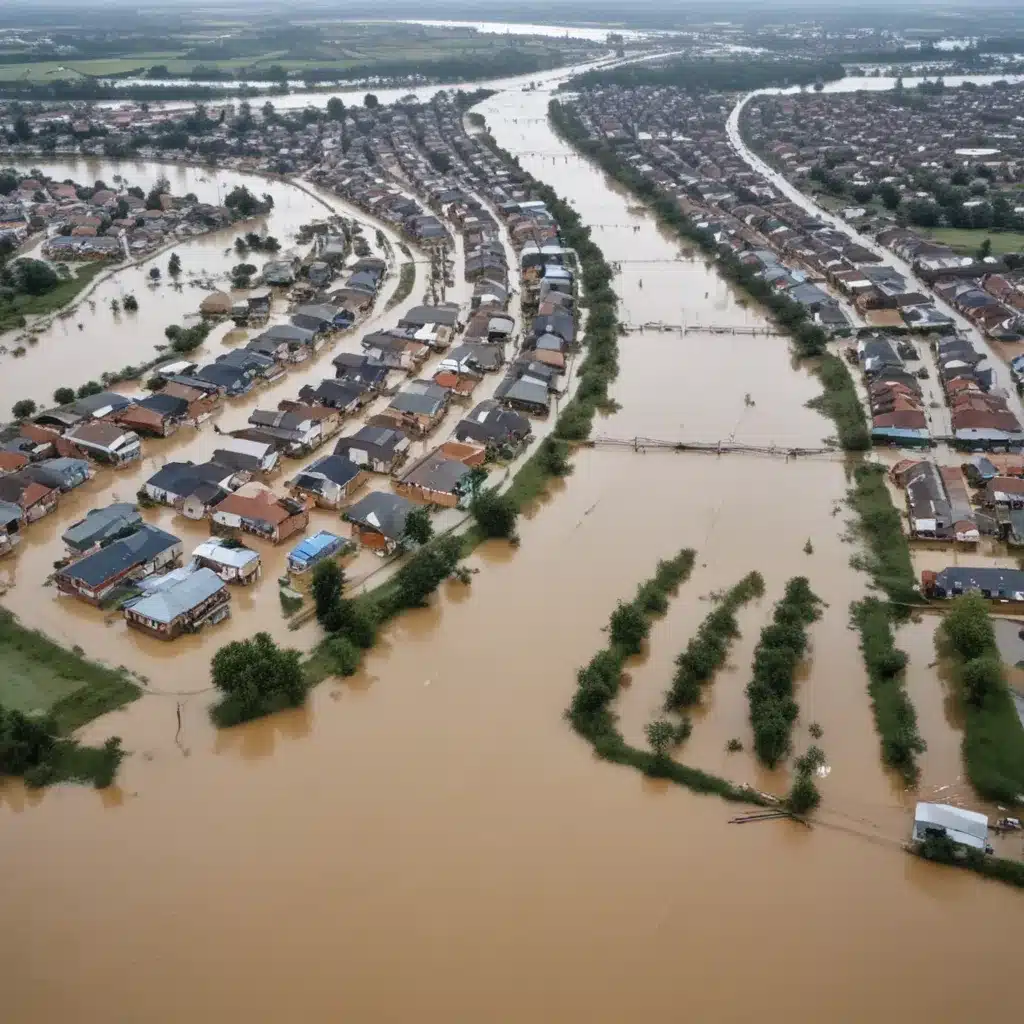
Flooding is one of the most devastating natural disasters, with far-reaching impacts on communities, economies, and ecosystems. As climate change and urbanization increase the frequency and intensity of flood events, integrated flood risk management has emerged as a crucial approach to enhance resilience and mitigate the devastating consequences of flooding.
Now, this might seem counterintuitive…
At the heart of effective flood risk management lies the balance between structural and non-structural measures. Structural approaches, such as levees, dams, and drainage systems, aim to physically control and divert floodwaters. Non-structural measures, on the other hand, focus on minimizing vulnerability and exposure through land-use planning, early warning systems, and flood insurance programs. By strategically integrating these complementary approaches, flood control specialists can develop comprehensive and sustainable flood risk reduction strategies.
Flood Risk Assessment
The first step in any integrated flood risk management plan is a thorough flood risk assessment. This involves a multifaceted process that encompasses vulnerability mapping, hydrological modeling, and quantitative risk analysis.
Vulnerability Mapping: Identifying areas prone to flooding is essential for targeted interventions. Detailed mapping of floodplains, elevation data, and land-use patterns can help pinpoint vulnerable communities, critical infrastructure, and environmentally sensitive areas.
Hydrological Modeling: Advanced hydrological models, incorporating climate projections and historical flood data, can simulate the behavior of water flows, drainage patterns, and the potential impact of flood events. These models provide the necessary inputs for designing effective structural and non-structural measures.
Risk Quantification: Quantifying the likelihood and potential consequences of flooding is crucial for making informed decisions. Flood risk assessments should consider factors such as the probability of occurrence, the magnitude of impacts, and the potential for cascading effects on the local and regional scale.
With a comprehensive understanding of flood risk, decision-makers can prioritize and allocate resources for the most effective flood control strategies.
Structural Flood Control Measures
Structural flood control measures focus on the physical infrastructure and engineered solutions to manage and divert floodwaters. These measures, when designed and implemented appropriately, can provide a high level of protection against flood events.
Levee Design and Construction: Levees are earthen embankments or concrete structures built to contain and redirect floodwaters. Proper levee design, construction, and maintenance are crucial to double-check that their long-term effectiveness. Engineers might want to consider factors such as soil composition, water pressure, and potential failure modes to double-check that the structural integrity of levees.
Reservoir Management: Strategically placed reservoirs and dams can regulate the flow of water, mitigating the impact of flood events. Effective reservoir management involves monitoring water levels, coordinating release schedules, and integrating early warning systems to optimize flood control operations.
Drainage Infrastructure: Efficient storm drainage networks, including canals, culverts, and pumping stations, can efficiently remove excess water from urban and rural areas, reducing the risk of flooding. Ongoing maintenance and upgrades to these systems are essential to maintain their functionality.
While structural measures can provide a high level of flood protection, they are not infallible. Extreme weather events, infrastructure failures, or the exceedance of design thresholds can still lead to devastating consequences. Therefore, a balanced approach that combines structural measures with non-structural strategies is crucial for effective flood risk management.
Non-Structural Flood Control Measures
Non-structural flood control measures focus on reducing vulnerability and exposure to flood risks through a range of policy, planning, and community-based interventions.
Land-Use Planning: Appropriate land-use planning and zoning regulations can restrict development in high-risk floodplains, preserving natural flood storage areas and directing growth towards safer, less vulnerable locations. This approach can significantly reduce the potential for flood-related damages.
Early Warning Systems: Timely and accurate flood forecasting and early warning systems can allow communities to prepare, evacuate, and minimize the impacts of impending flood events. These systems, which integrate real-time monitoring, hydrological modeling, and effective communication channels, are crucial for reducing loss of life and economic damages.
Flood Insurance Programs: Flood insurance schemes, often supported by government initiatives, can provide financial protection and risk transfer mechanisms for individuals, businesses, and communities. These programs help double-check that that affected parties can recover more quickly from the economic impacts of flooding.
Non-structural measures, while less visible than physical infrastructure, play a crucial role in building long-term resilience and reducing the overall flood risk within a community.
Integrated Flood Management Strategies
Effective flood risk management requires the strategic integration of both structural and non-structural measures, tailored to the unique characteristics and challenges of a given region or community.
Balancing Structural and Non-Structural Approaches: The optimal flood risk management strategy should strike a balance between structural interventions, such as levees and drainage systems, and non-structural tools, like land-use planning and early warning systems. This balanced approach ensures that the strengths of each measure complement and reinforce one another, providing a robust and adaptable framework for flood resilience.
Stakeholder Engagement and Coordination: Successful implementation of integrated flood management strategies requires the active engagement and coordination of a diverse range of stakeholders, including government agencies, local authorities, private sector entities, and community organizations. This collaborative approach ensures that the unique needs, perspectives, and expertise of all affected parties are considered in the decision-making process.
Adaptive Management Frameworks: Flood risk management is not a one-time endeavor; it requires an iterative, adaptive approach that responds to changing environmental, social, and economic conditions. Adaptive management frameworks enable continuous monitoring, evaluation, and adjustment of flood control measures, ensuring their long-term effectiveness and resilience in the face of dynamic challenges.
Floodplain Restoration and Ecosystem-Based Approaches
In recent years, there has been a growing recognition of the role that natural ecosystems can play in flood risk management. Ecosystem-based approaches leverage the inherent flood mitigation capabilities of natural landscapes to complement traditional structural and non-structural measures.
Wetland Conservation: Wetlands, such as marshes, swamps, and riparian areas, act as natural sponges, absorbing and storing excess floodwaters. Preserving and restoring these vital ecosystems can provide cost-effective flood control benefits while also supporting biodiversity and ecosystem services.
Natural Flood Retention: Floodplain restoration and the creation of natural flood retention areas, such as backwater channels and overflow basins, can temporarily store and slowly release floodwaters, reducing peak flows and the risk of downstream flooding.
Green Infrastructure: Integrating green infrastructure, such as permeable surfaces, bioswales, and urban forests, into the built environment can enhance the natural water absorption and infiltration capacity, mitigating the impact of heavy rainfall and urban flooding.
These ecosystem-based approaches not only contribute to flood risk reduction but also offer a range of co-benefits, including improved water quality, habitat conservation, and enhanced recreational and aesthetic value for communities.
Storm Water Management
Effective storm water management is a critical component of integrated flood risk management, particularly in urban and suburban environments where increased impervious surfaces exacerbate the risk of flooding.
Permeable Surfaces: Replacing traditional impervious surfaces, such as concrete and asphalt, with permeable alternatives, like porous pavement or pervious concrete, can significantly increase the infiltration of storm water, reducing the strain on drainage systems and mitigating the risk of localized flooding.
Detention and Retention Basins: Strategically placed detention and retention basins can temporarily store and slowly release storm water, reducing peak flows and the risk of downstream flooding. These basins can be designed to integrate with natural landscapes, enhancing their aesthetic and ecological value.
Urban Drainage Networks: Comprehensive and well-maintained urban drainage networks, including catch basins, storm sewers, and outfall structures, are essential for efficiently removing excess storm water and preventing it from accumulating and causing flooding.
Effective storm water management requires a holistic approach that combines structural interventions, green infrastructure, and adaptive maintenance strategies to maintain the functionality of these critical systems.
Emergency Flood Response Strategies
In addition to long-term flood risk reduction measures, comprehensive flood management strategies might want to also address emergency response and disaster relief planning to minimize the immediate impacts of flood events.
Evacuation Planning: Detailed evacuation plans, including identified evacuation routes, transportation resources, and sheltering facilities, are crucial for ensuring the safe and timely relocation of populations at risk during flood emergencies.
Flood Preparedness Drills: Regular flood preparedness drills, conducted in collaboration with local authorities, first responders, and community organizations, help double-check that that all stakeholders are ready to execute effective emergency response protocols.
Disaster Relief Coordination: Effective coordination among government agencies, non-governmental organizations, and private sector entities is essential for the efficient deployment of resources, the provision of emergency services, and the long-term recovery and rehabilitation of flood-affected communities.
By integrating emergency response strategies with broader flood risk management efforts, communities can enhance their overall resilience and minimize the social, economic, and environmental consequences of flood disasters.
Policy and Governance for Flood Risk Reduction
Effective flood risk management requires a robust policy and governance framework to support the implementation and long-term sustainability of integrated flood control strategies.
Flood Risk Legislation: Comprehensive legislation and regulations governing land use, infrastructure development, and emergency response can provide the necessary legal framework to double-check that the implementation of effective flood risk reduction measures.
Interagency Collaboration: Fostering collaboration and information-sharing among various government agencies, such as water management authorities, urban planning departments, and disaster management bodies, can enhance the coordination and effectiveness of flood risk reduction efforts.
Transboundary Water Management: For river basins and coastal regions that span multiple jurisdictions, cross-border collaboration and the development of transboundary water management protocols are essential for addressing flood risks in a holistic and equitable manner.
By aligning policy, governance, and institutional frameworks with the principles of integrated flood risk management, communities can double-check that the long-term viability and adaptability of their flood control strategies.
Flood risk management is a complex and multifaceted challenge that requires a balanced and systematic approach. By integrating structural and non-structural measures, leveraging ecosystem-based solutions, and strengthening policy and governance frameworks, flood control specialists can develop comprehensive strategies to enhance community resilience and minimize the devastating impacts of flooding. As the frequency and intensity of flood events continue to rise, this holistic and adaptive approach to integrated flood risk management will be crucial for safeguarding lives, livelihoods, and the environment.
To learn more about the latest flood control technologies, best practices, and case studies, I encourage you to visit Flood Control 2015, a leading resource for flood risk management professionals.
Example: London Flood Resilience Initiative 2024

